Biography
His father was a sailmaker whose family had been fishing along the Elbe since the 17th century. He attended primary school in Altona. In 1886, thanks to the support of a local charitable fund, he was able to study art with Leopold von Kalckreuth at the Kunstchule Weimar.
In 1891, he was able to transfer to the Academy of Fine Arts, Munich. After 1893, he settled in Hamburg and became a free-lance artist. He would often make study trips along the Elbe, where he worked with Thomas Herbst and painted scenes from village life. He became especially well known for his paintings of ducks.
In 1897, he was one of the founders of the Hamburgischer Künstlerklub [ de ]. He was also an active member of the Deutscher Künstlerbund and several other professional organizations. Later, he made study trips to Copenhagen and, with his friend Alfred Lichtwark, to Paris. In 1901, he joined the movement known as the Berlin Secession.
After 1910, he participated in fewer exhibitions and his sales decreased dramatically. Lichtwark found it necessary to help support him and his family. During World War I, after Lichtwark's death, he worked as a ship painter. Later, he did tinting for a wholesale print dealer. In 1943, he was finally awarded an "honor pension" by the city of Hamburg, but he died the following year.
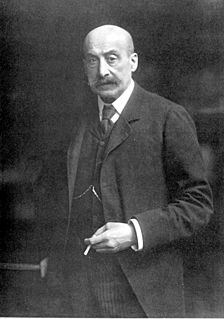
Max Liebermann was a German painter and printmaker of Ashkenazi Jewish ancestry, and one of the leading proponents of Impressionism in Germany and continental Europe. In addition to his activity as an artist, he also assembled an important collection of French Impressionist works.
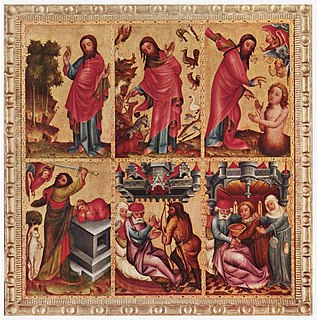
Master Bertram (c.1345–c.1415), also known as Meister Bertram and Master of Minden, was a German International Gothic painter primarily of religious art.
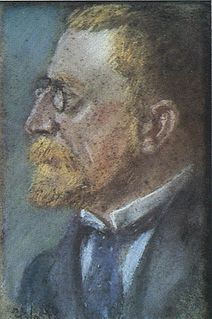
Thomas Ludwig Herbst was a German Impressionist painter; known mostly for landscapes and animal portraits.

Christian Ernst Bernhard Morgenstern was a German landscape painter. Morgenstern is regarded as one of the pioneers in Germany of early Realism in painting. He gained this reputation in Hamburg 1826-1829 together with his contemporary Adolph Friedrich Vollmer while both were still studying; from 1830 onwards, Morgenstern, together with Friedrich Wasmann, Johan Christian Dahl and Adolph Menzel, introduced Munich to Realist painting.

Franz Nölken was a German Expressionist painter; occasionally associated with Die Brücke, an artists' society in Dresden.

Alfred Lichtwark was a German art historian, museum curator, and art educator in Hamburg. He is one of the founders of museum education and the art education movement.
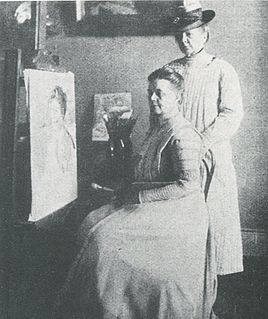
Molly Cramer was a German flower, landscape and portrait painter. Trained in the old Dutch tradition, she turned to Impressionism in her later years.
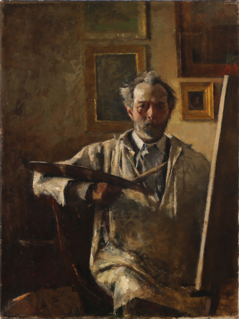
Peter Alfred Schou was a Danish painter.

Arthur Siebelist was a German Impressionist painter.
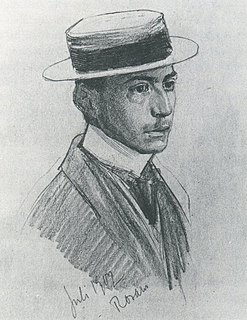
Walter Alfred Rosam was a German Post-Impressionist painter of Jewish ancestry; known for still-lifes and landscapes.

Fritz Friedrichs was a German Post-Impressionist painter.

Helene Cramer was a German flower, landscape and portrait painter.
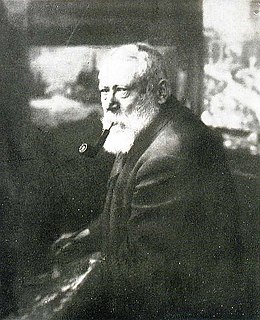
Carl Rodeck was a German landscape, marine and portrait painter.
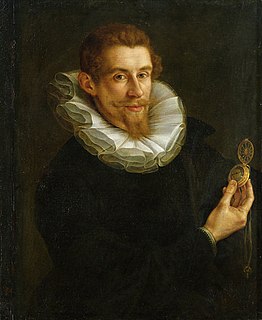
David Kindt was a German painter in the Baroque style; known primarily for portraits and religious works.
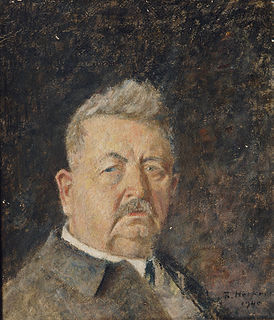
Rudolf Höckner was a German Impressionist landscape and cityscape painter.

Ernst August Max Friedrich Rump was a German merchant, art patron and collector. In 1912, he wrote the Lexikon der bildenden Künstler Hamburgs, Altonas und der näheren Umgebung, which became a classic; generally referred to as Der Rump.
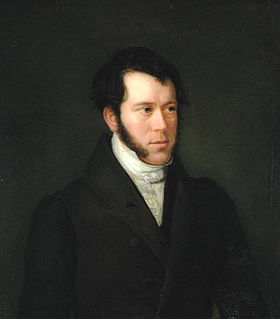
Johann Günther Gensler was a German etcher, illustrator and painter; primarily of portraits. His known work consists of over 120 oil paintings and drawings.

Wilhelm Emil Meerwein was a German architect and politician.

Carl Gottfried Eybe (1813–1893) was a 19th-century German painter, lithographer and sculptor.

Gerdt Hardorff was a German painter, art collector and drawing teacher. He is sometimes referred to as The Elder to distinguish him from his son, Gerdt, who also became a painter.
This page is based on this
Wikipedia article Text is available under the
CC BY-SA 4.0 license; additional terms may apply.
Images, videos and audio are available under their respective licenses.























